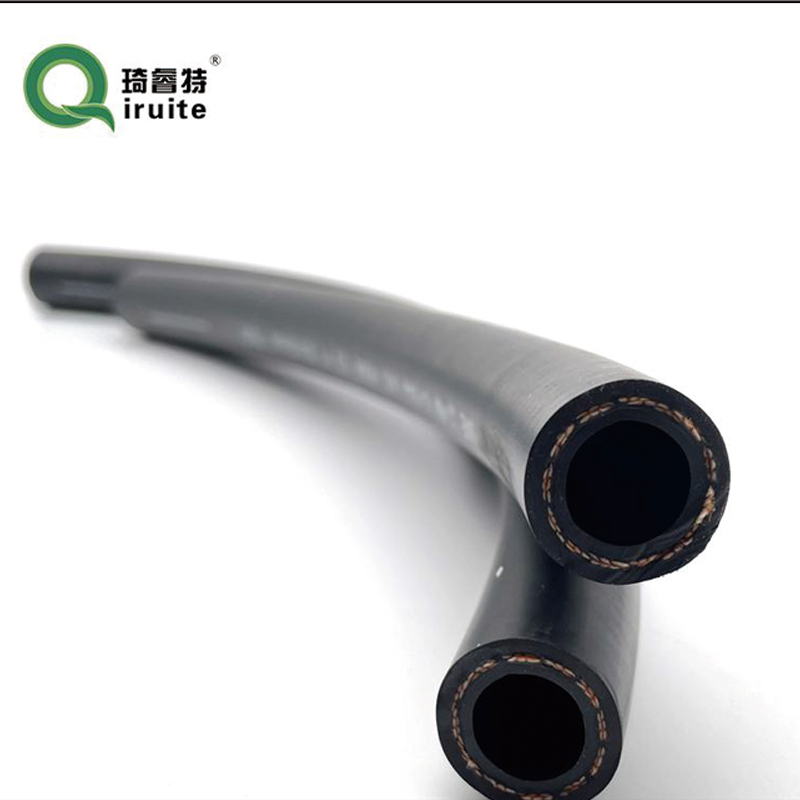how to change high pressure power steering hose
How to Change a High Pressure Power Steering Hose
Power steering is an essential component of modern vehicles, making it easier to steer and drive. At times, the power steering system can develop leaks or damages, often originating from the high-pressure power steering hose. If you're experiencing difficulty steering or notice fluid leaks, it may be time to change this hose. This article will guide you through the steps necessary to change a high-pressure power steering hose effectively.
Tools and Materials Needed
Before getting started, ensure you have the following tools and materials
1. New high-pressure power steering hose (specific to your vehicle model) 2. Wrenches (usually metric or SAE, depending on your vehicle) 3. Socket set 4. Fluid catch pan 5. Power steering fluid 6. Shop towels or rags 7. Safety glasses and gloves (recommended)
Step-by-Step Instructions
Step 1 Safety First
Before you begin any repairs, ensure your vehicle is parked on a flat surface, set the parking brake, and turn off the engine. Allow the engine to cool down if it has recently been running. Wear gloves and safety glasses to protect yourself throughout the process.
Step 2 Locate the High-Pressure Power Steering Hose
Start by identifying the high-pressure power steering hose. This hose typically runs from the power steering pump to the steering gear. Check your vehicle’s manual for a schematic if you’re unsure of its location.
Step 3 Prepare for Removal
Place a fluid catch pan under the power steering system to collect any leaking fluid during the removal process. It’s essential to handle power steering fluid carefully, as it can damage paint and other surfaces.
Step 4 Disconnect the Battery
Before proceeding, disconnect the negative terminal of the battery to prevent any electrical issues while working on the power steering system.
Step 5 Remove the Old Hose
how to change high pressure power steering hose

Using a wrench or socket, carefully disconnect the fittings on both ends of the high-pressure power steering hose. Be mindful of any residual fluid that may escape once the hose is disconnected. Gently pull the hose away to remove it completely from the vehicle.
Step 6 Prepare the New Hose
Take your new high-pressure power steering hose and compare it with the old one to ensure they are identical in length and fitting types. It’s crucial to have the correct part for your specific vehicle make and model to prevent any fitting problems.
Step 7 Install the New Hose
Begin by attaching one end of the new hose to the power steering pump. Hand-tighten the fitting initially, ensuring not to cross-thread it. Once secure, use your wrench to tighten it further, but avoid overtightening as this can crack or damage the fitting.
Next, route the hose to the steering gear, making sure it is not pinched or kinked. Attach the other end of the hose to the steering gear following the same method hand-tighten first, then use the wrench for a secure fit.
Step 8 Refill Power Steering Fluid
Locate the power steering fluid reservoir and refill it with the appropriate type of fluid for your vehicle. Always refer to your owner’s manual for the correct type of fluid, as using the wrong kind can cause additional issues.
Step 9 Check for Leaks
Before starting your vehicle, check all connections for any signs of leaks. If everything appears secure, reconnect the negative battery terminal.
Step 10 Test the System
Start the vehicle and let it idle for a few minutes. Turn the steering wheel from lock to lock to help bleed any air out of the system. Once you’ve completed this, check the power steering fluid level again; top it off if necessary. Also, inspect the hose and fittings for any leaks.
Conclusion
Changing a high-pressure power steering hose can seem daunting, but with the right tools and a methodical approach, it’s a manageable DIY task. By following these steps, you can restore your vehicle's power steering functionality and save on costly mechanic fees. Always consult your vehicle's manual for specifics related to your make and model, and don't hesitate to seek professional assistance if you encounter any difficulties along the way. Happy wrenching!
-
Ultimate Spiral Protection for Hoses & CablesNewsJun.26,2025
-
The Ultimate Quick-Connect Solutions for Every NeedNewsJun.26,2025
-
SAE J1401 Brake Hose: Reliable Choice for Safe BrakingNewsJun.26,2025
-
Reliable J2064 A/C Hoses for Real-World Cooling NeedsNewsJun.26,2025
-
Heavy-Duty Sewer Jetting Hoses Built to LastNewsJun.26,2025
-
Fix Power Steering Tube Leaks Fast – Durable & Affordable SolutionNewsJun.26,2025

